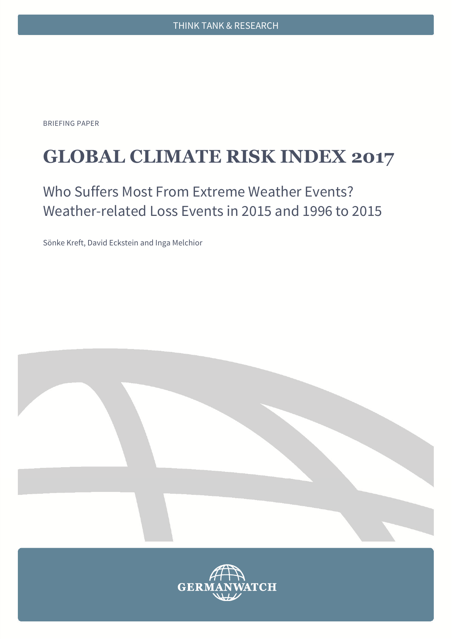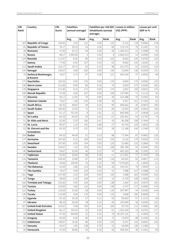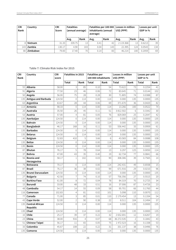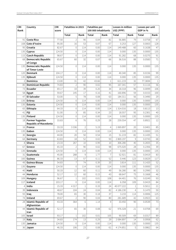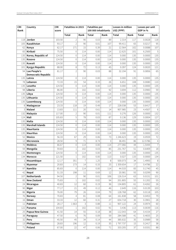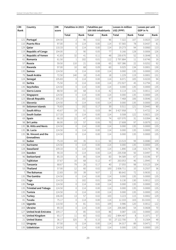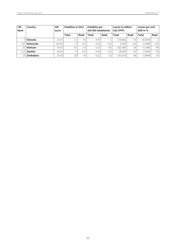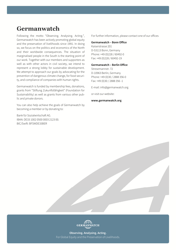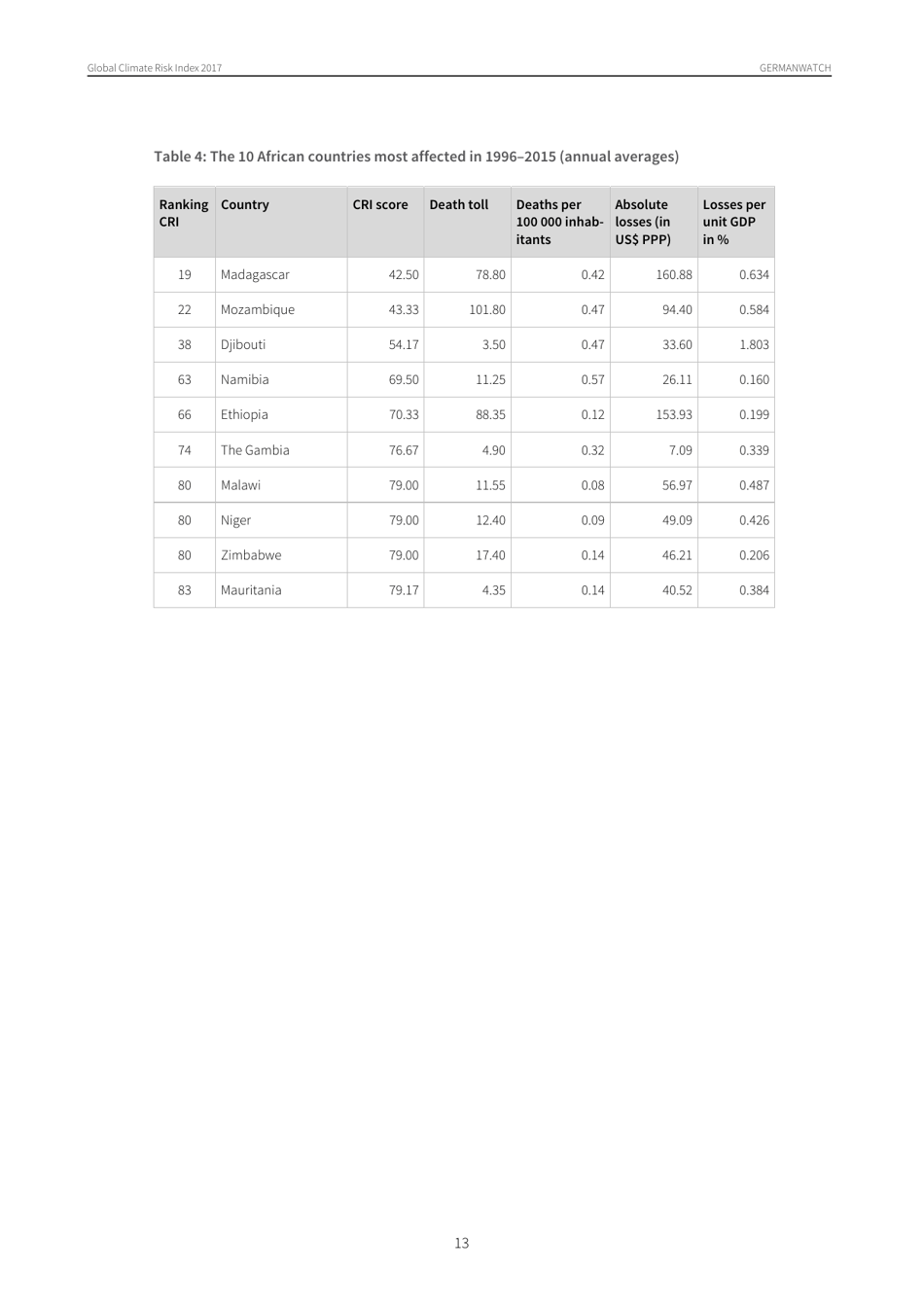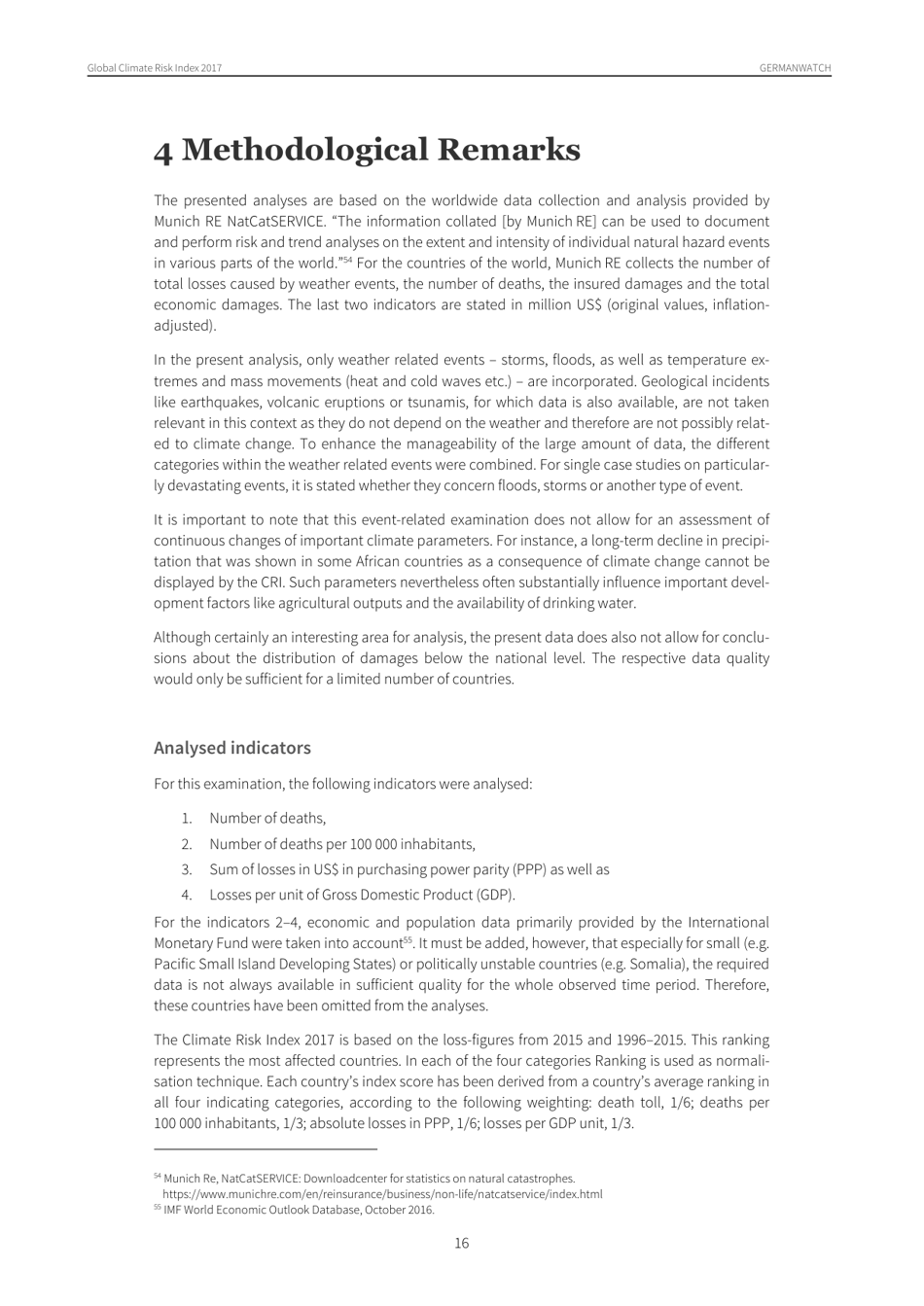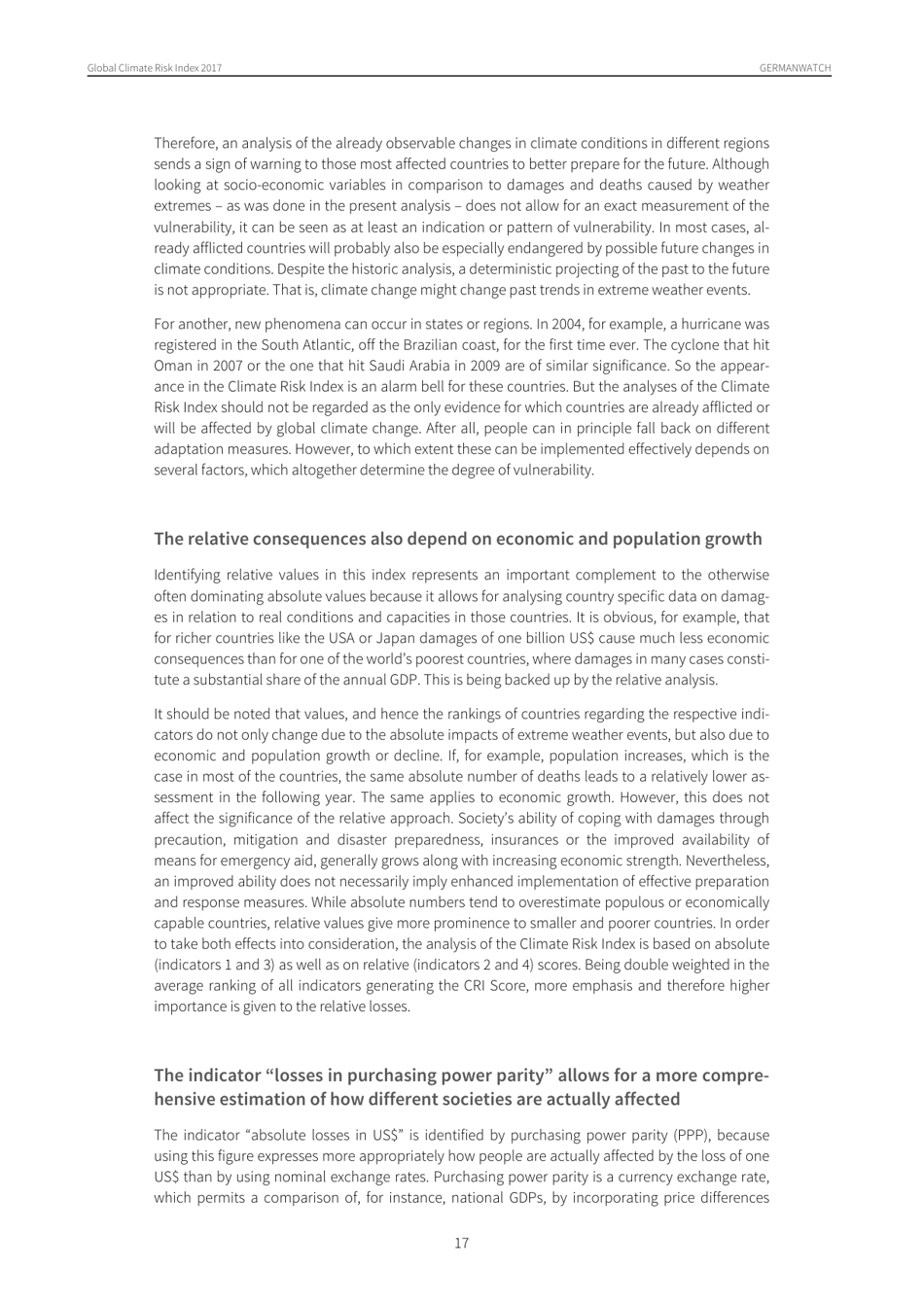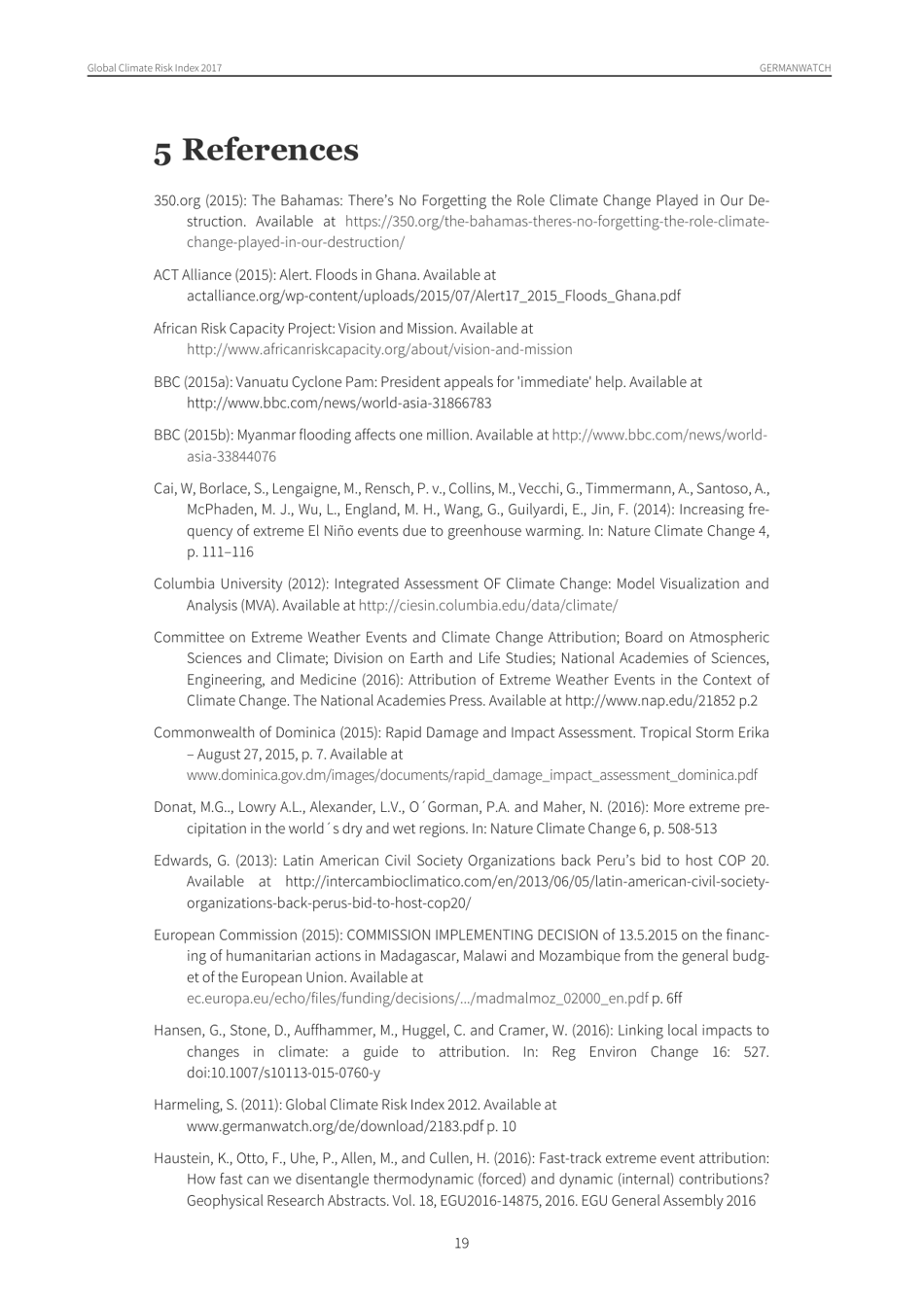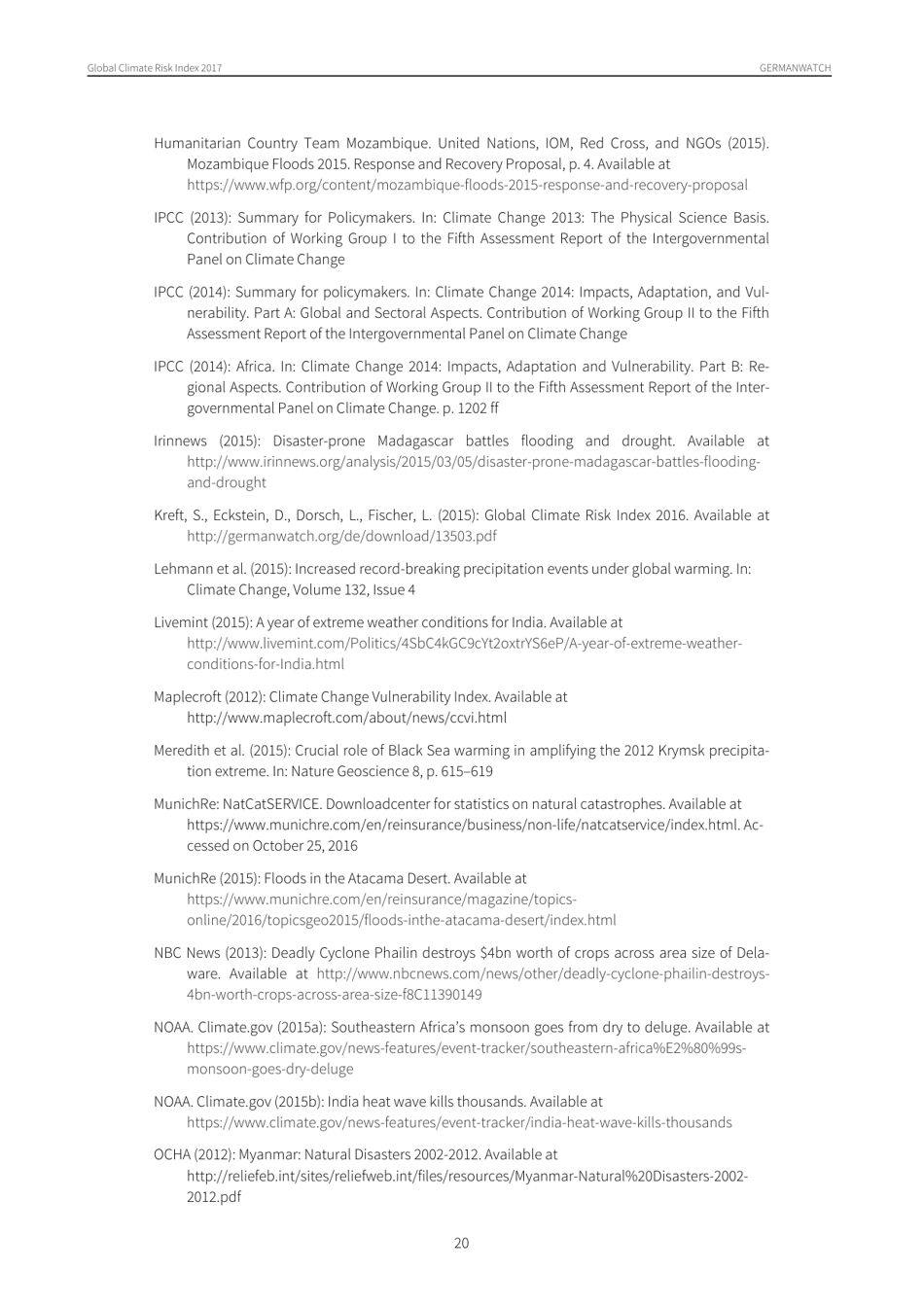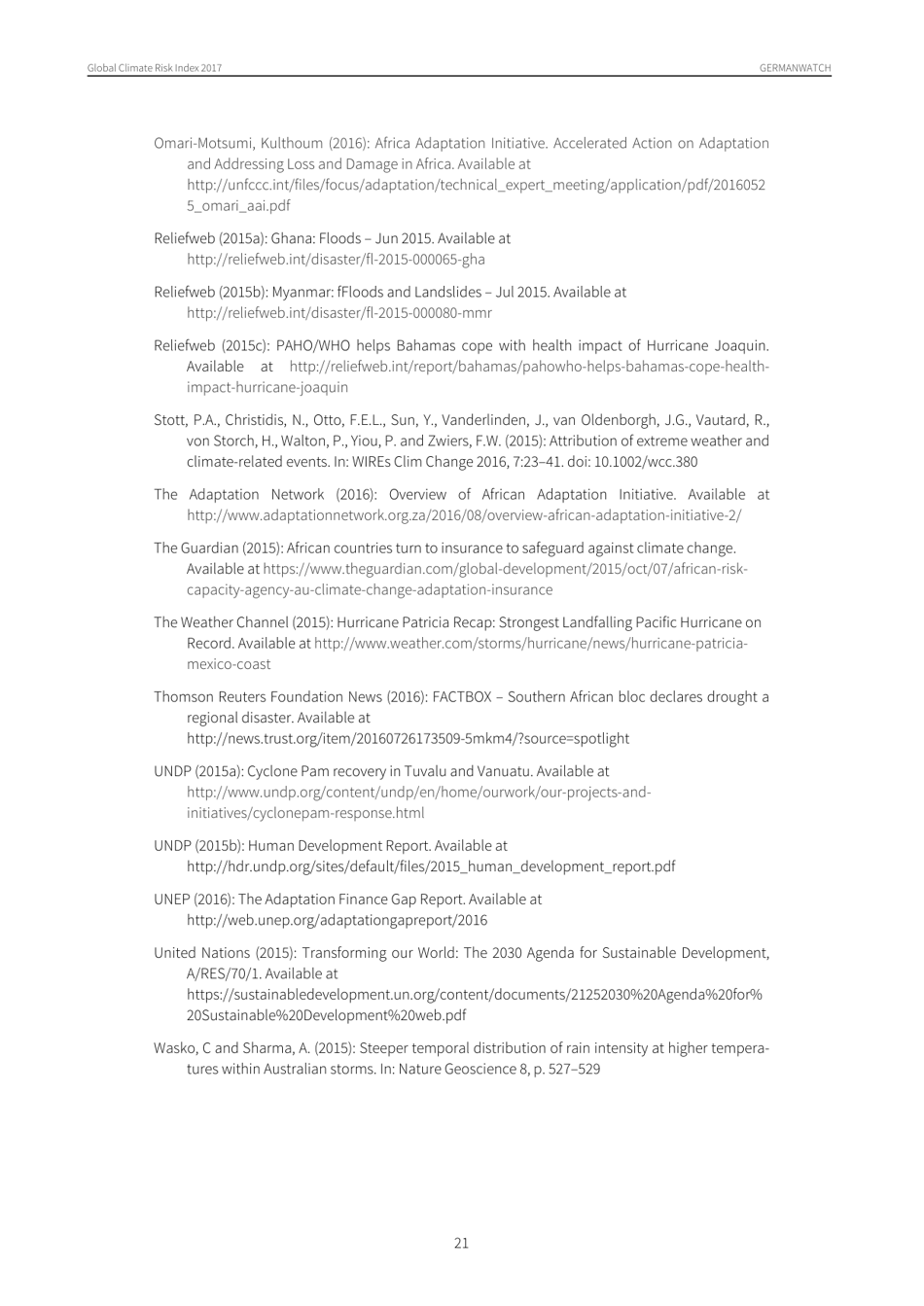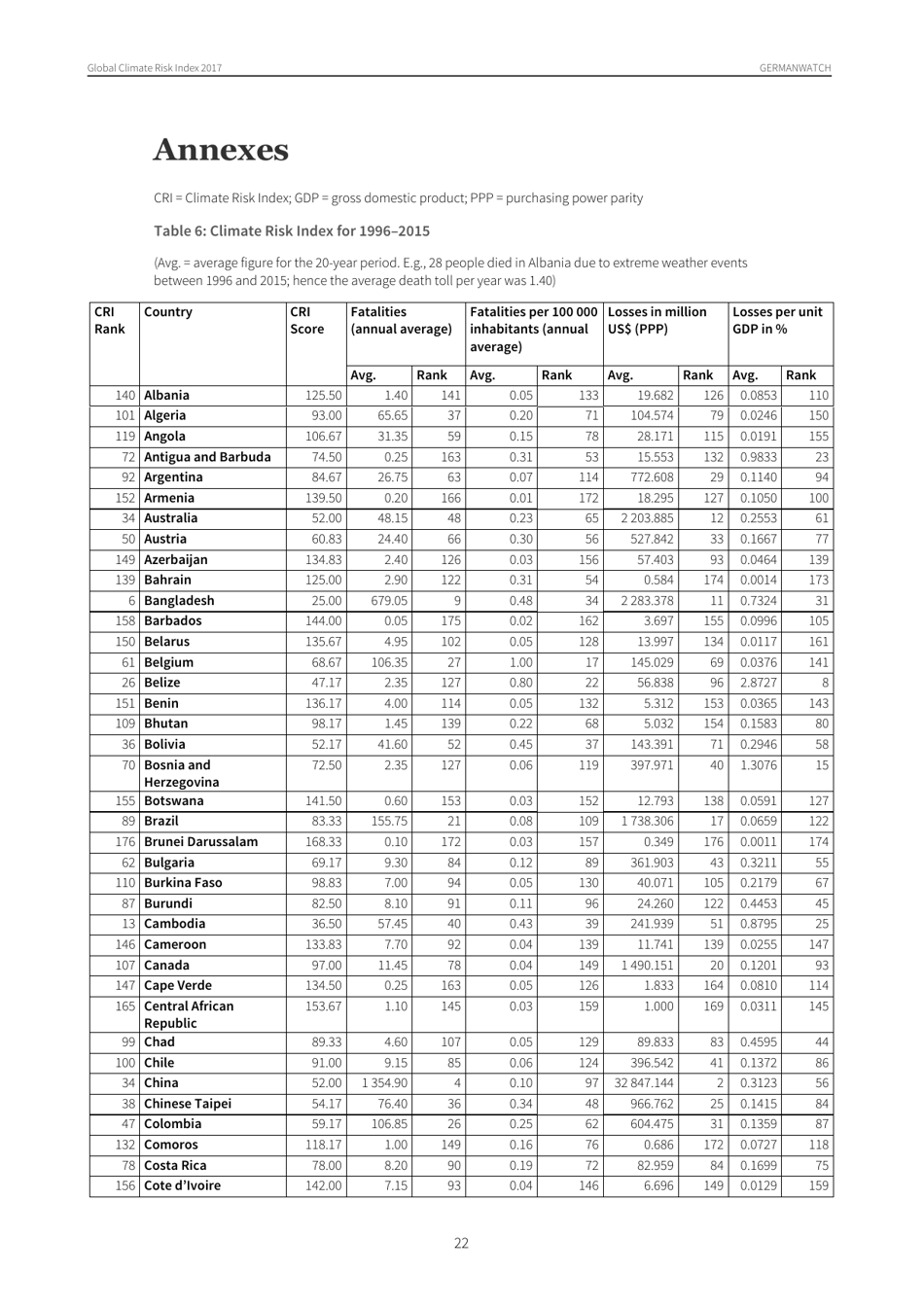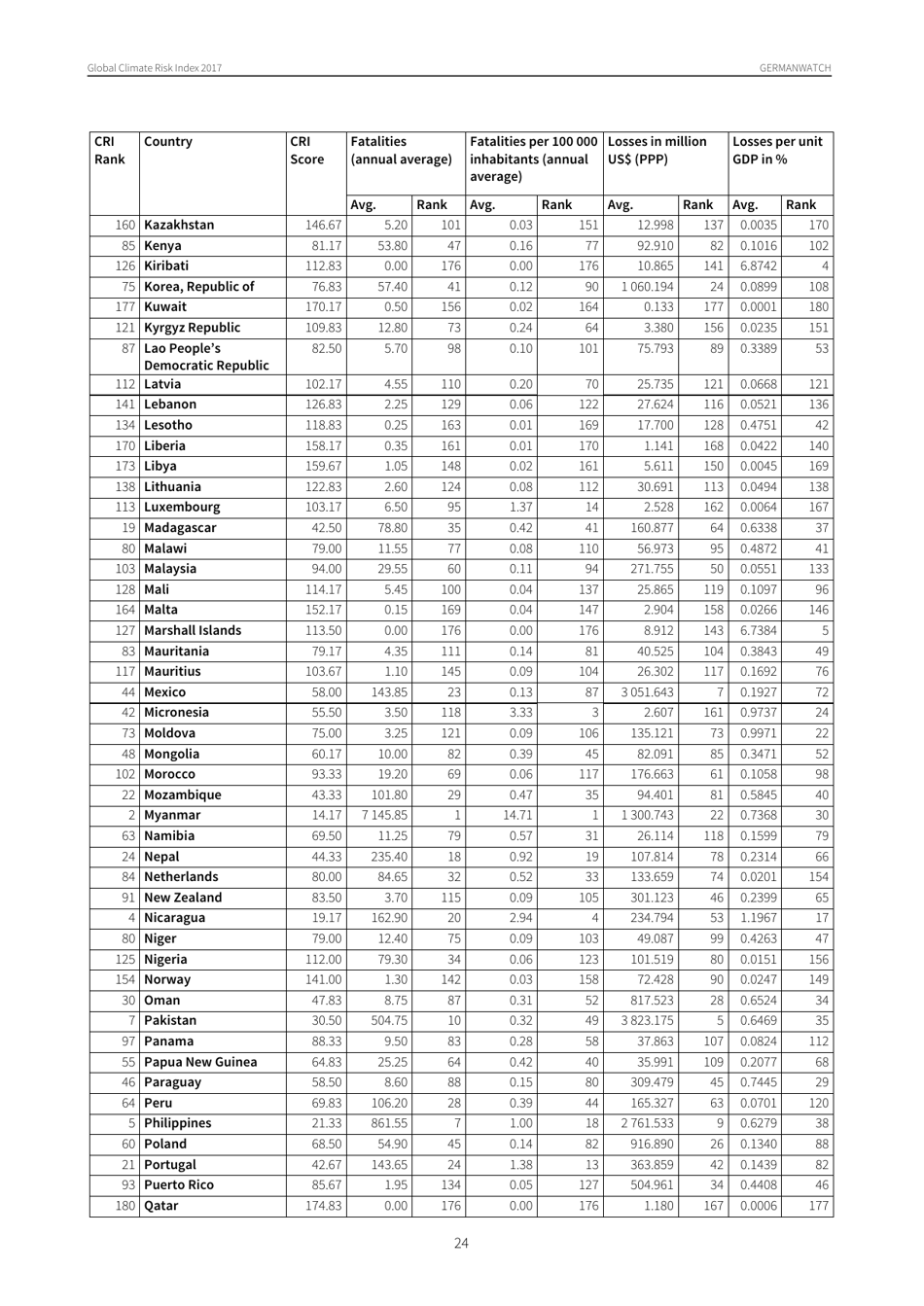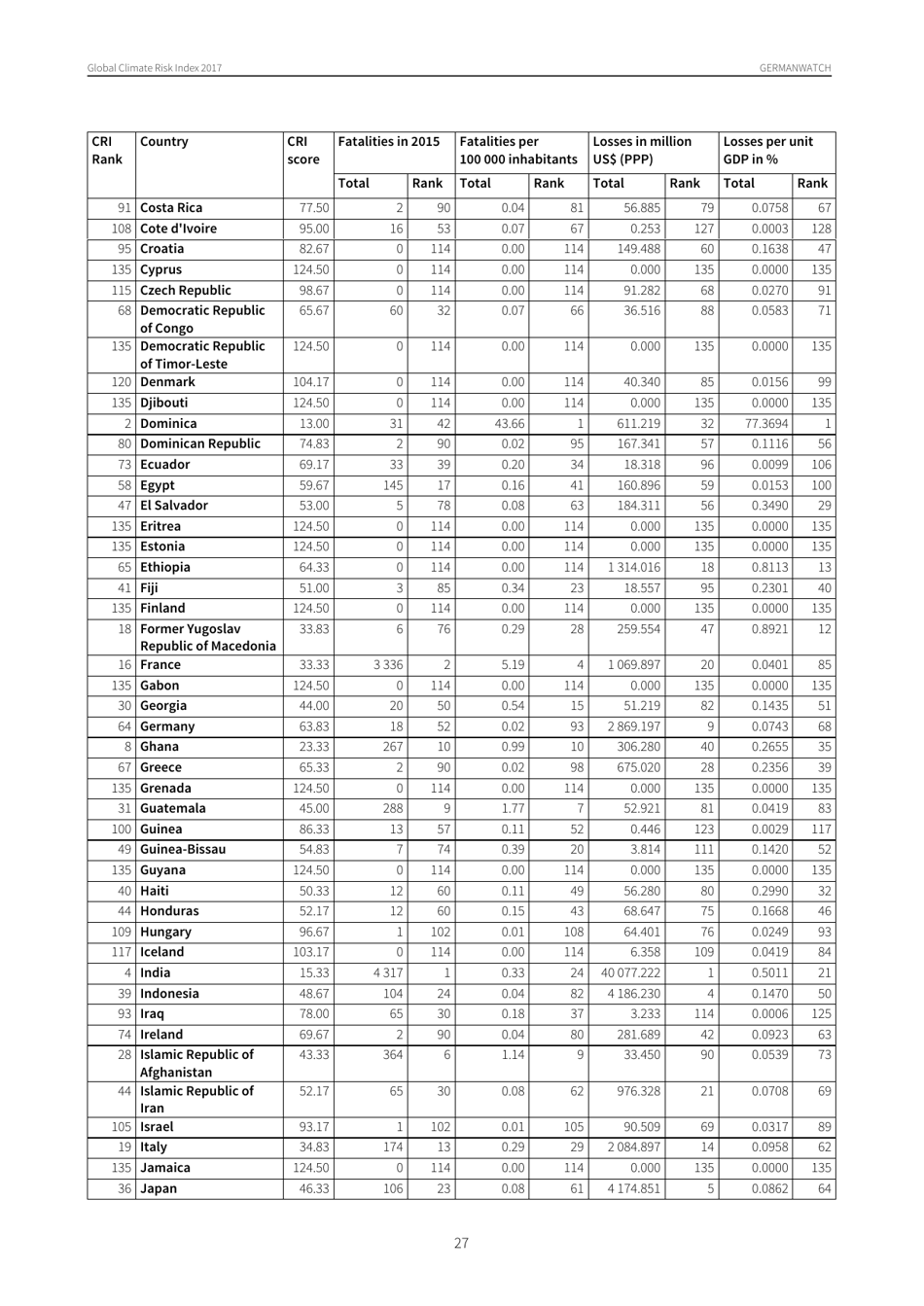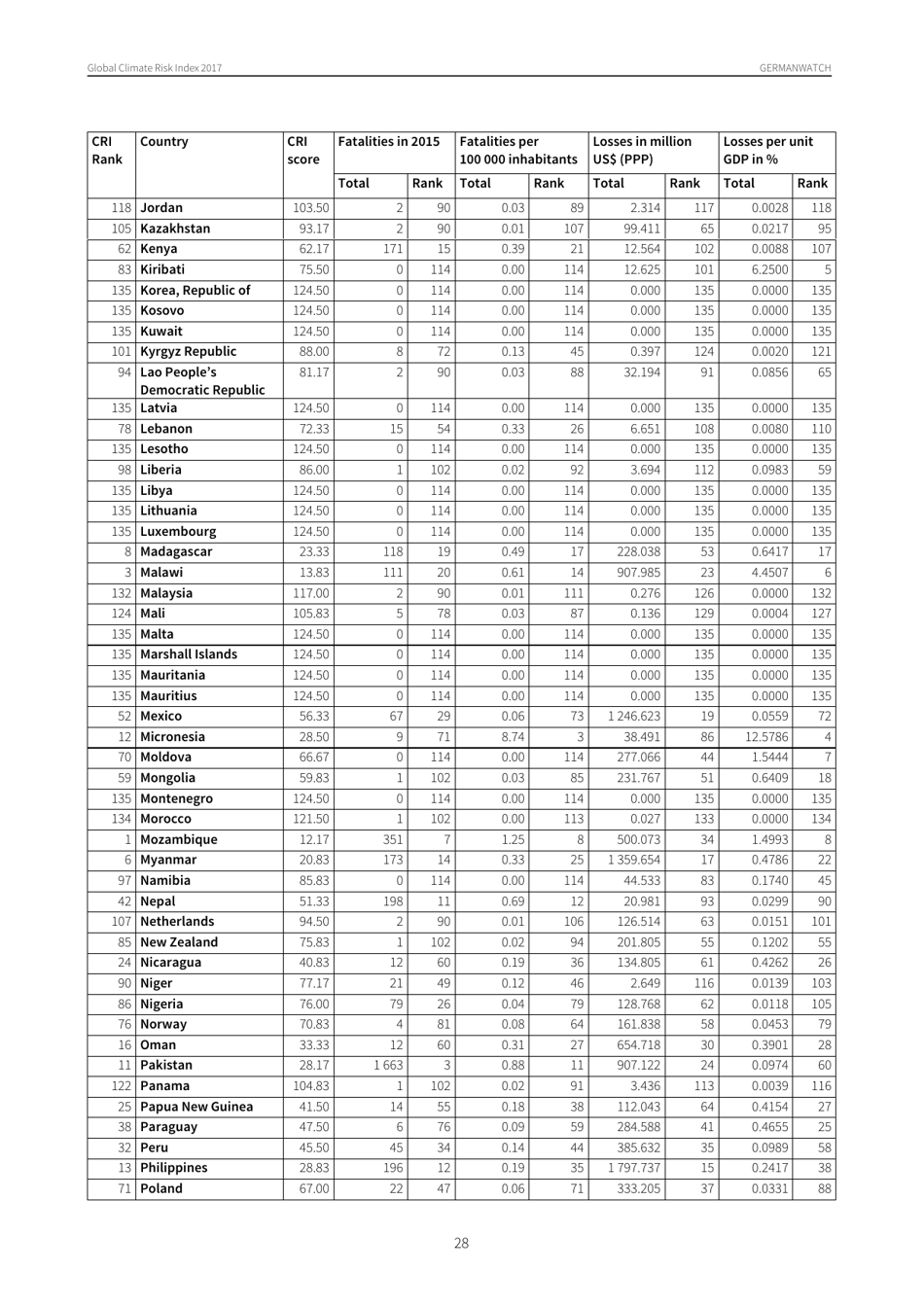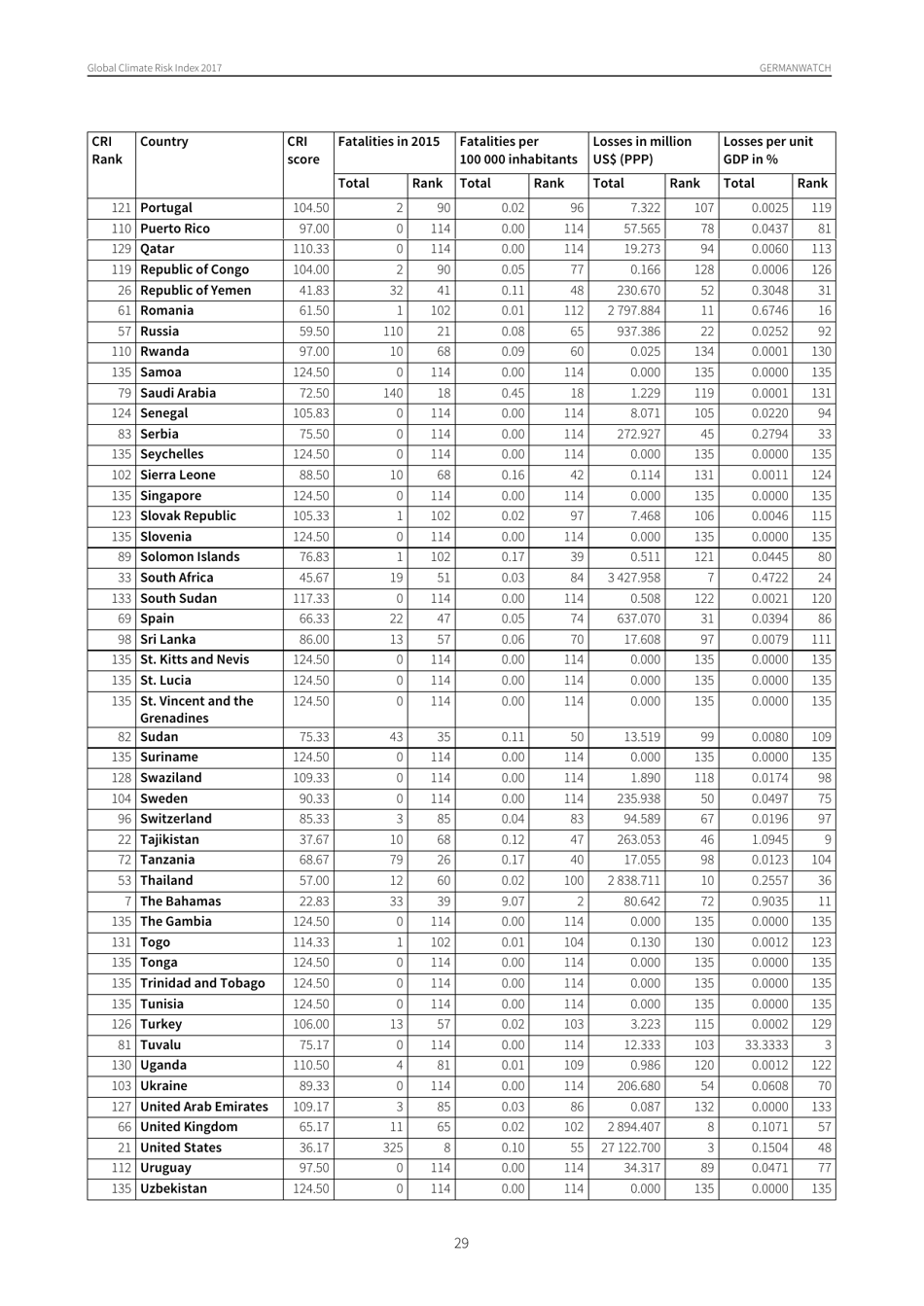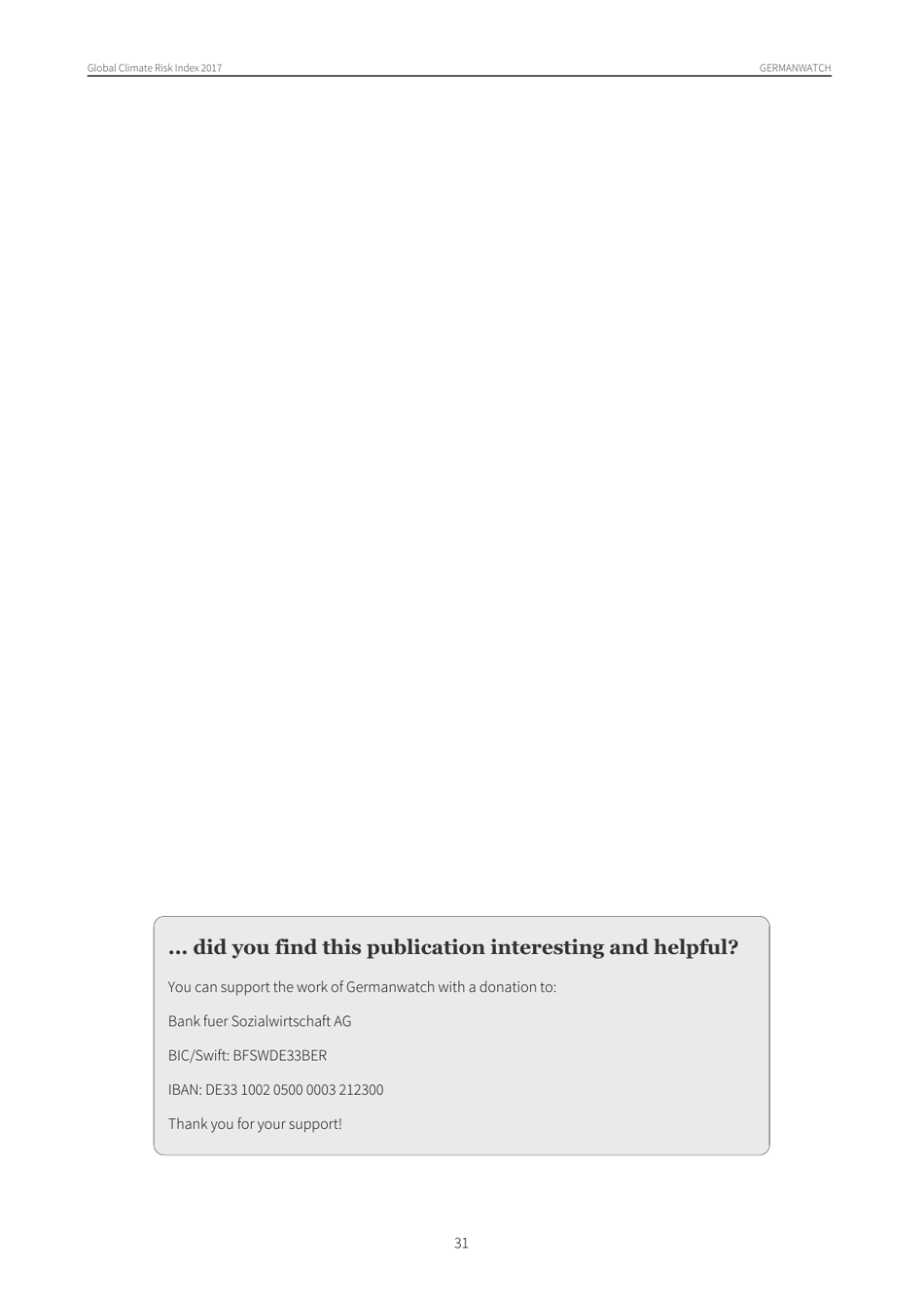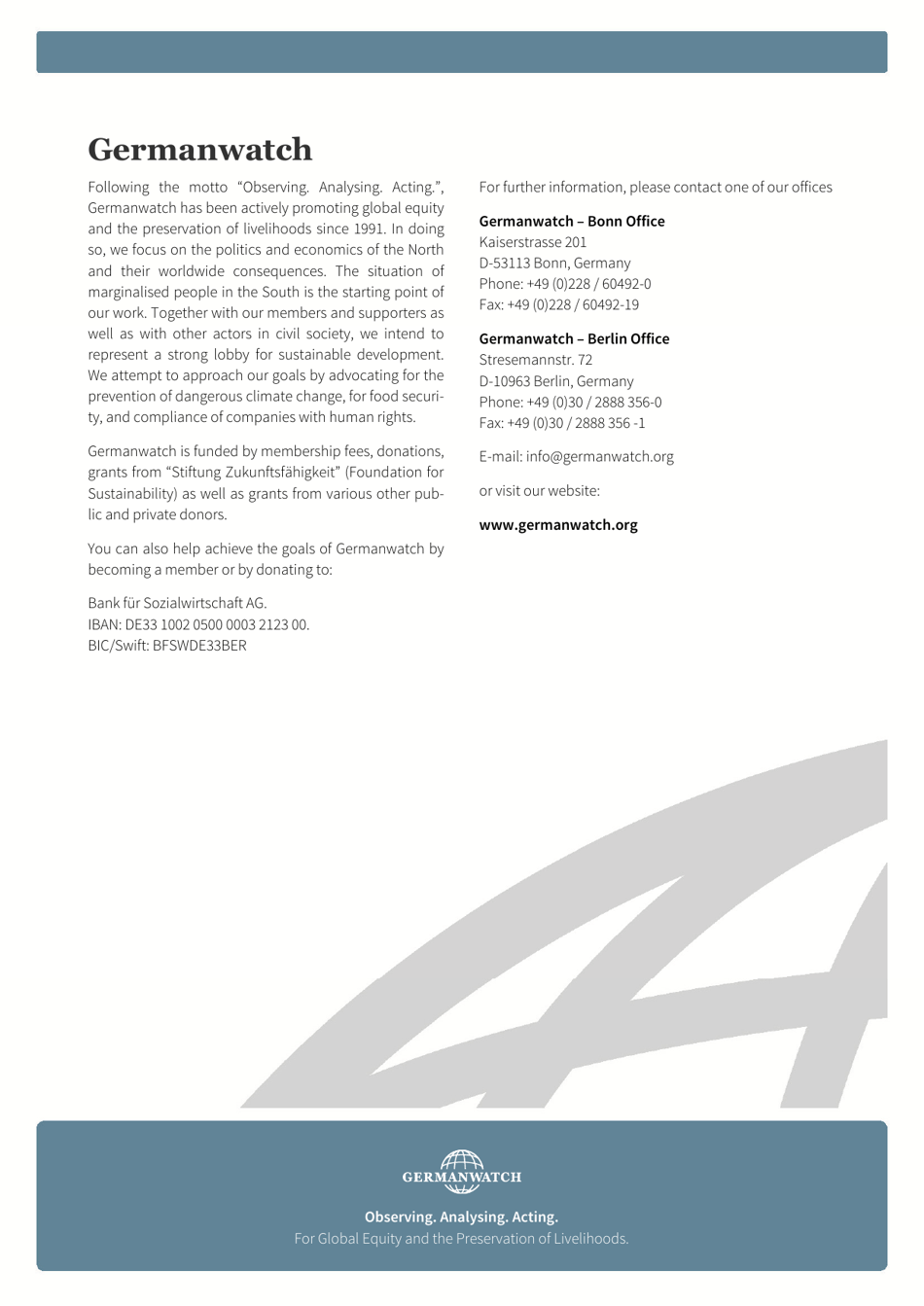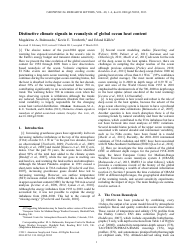Global Climate Risk Index - Sonke Kreft, David Eckstein and Inga Melchior, Germanwatch
The Global Climate Risk Index, by Sonke Kreft, David Eckstein, and Inga Melchior for Germanwatch, is a tool that assesses and ranks countries based on their vulnerability to climate change impacts. It provides insights into the risks and damages that countries face due to extreme weather events and changing climate patterns.
FAQ
Q: What is the Global Climate Risk Index?
A: The Global Climate Risk Index measures and ranks countries based on their vulnerability to climate change.
Q: Who developed the Global Climate Risk Index?
A: The Global Climate Risk Index was developed by Sonke Kreft, David Eckstein, and Inga Melchior from Germanwatch.
Q: How does the Global Climate Risk Index work?
A: The Global Climate Risk Index evaluates countries' exposure to extreme weather events and their ability to cope with and recover from them.
Q: What factors are considered in the Global Climate Risk Index?
A: The Global Climate Risk Index takes into account factors such as the number of deaths, economic losses, and damages caused by extreme weather events.
Q: What is the purpose of the Global Climate Risk Index?
A: The purpose of the Global Climate Risk Index is to raise awareness about the impacts of climate change and to assist countries in prioritizing adaptation measures.
Q: Which countries are most affected by climate change according to the Global Climate Risk Index?
A: According to the Global Climate Risk Index, countries such as Puerto Rico, Myanmar, and Haiti are among the most affected by climate change.
Q: What can countries do to reduce their vulnerability to climate change?
A: Countries can reduce their vulnerability to climate change by implementing measures such as improving infrastructure, disaster preparedness, and promoting sustainable practices.
Q: How often is the Global Climate Risk Index updated?
A: The Global Climate Risk Index is updated annually to reflect the latest data and trends on climate change impacts.
